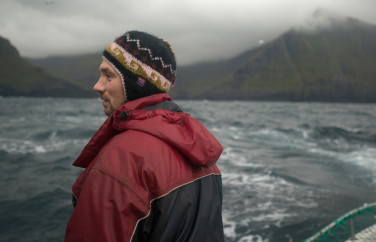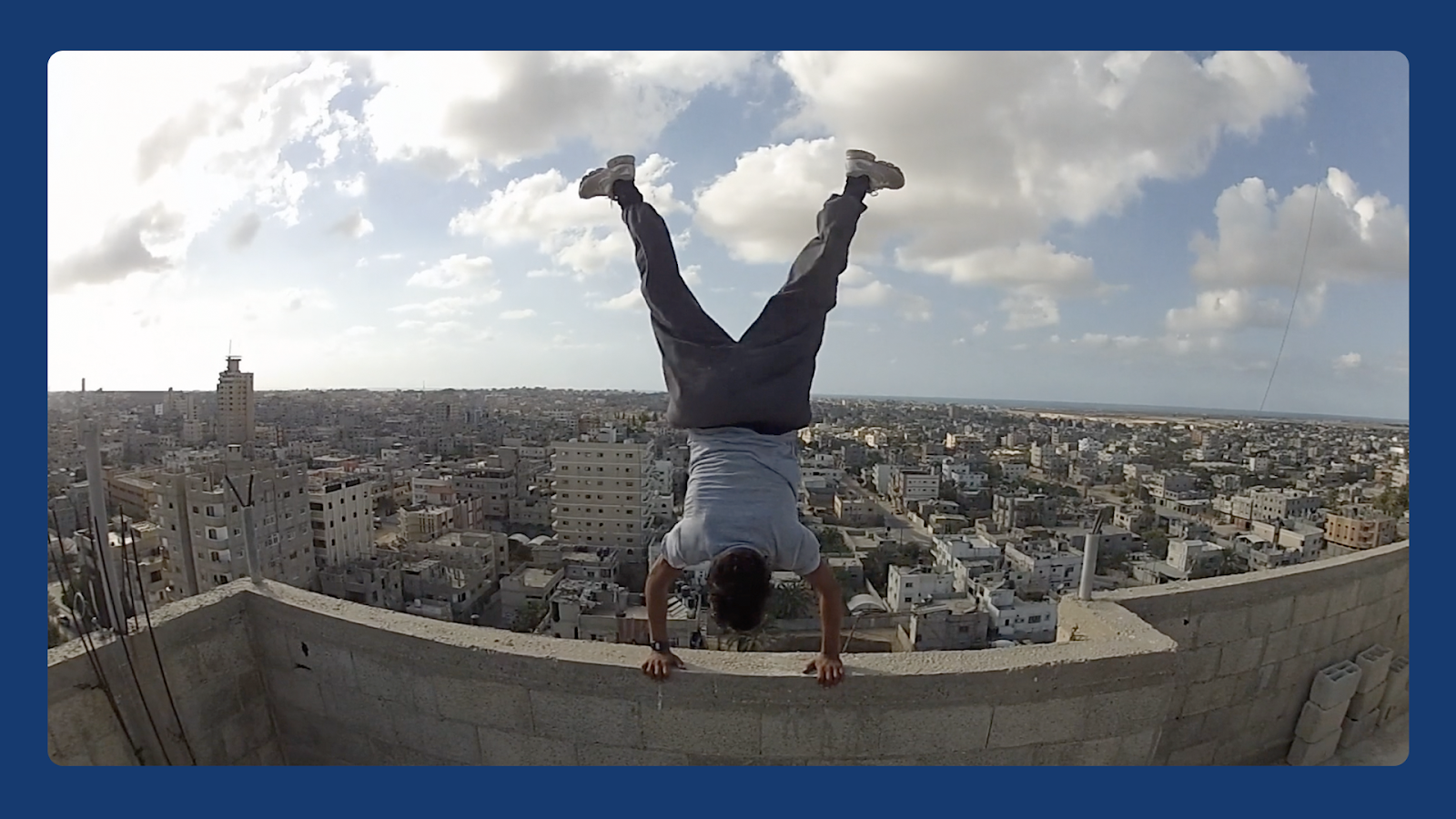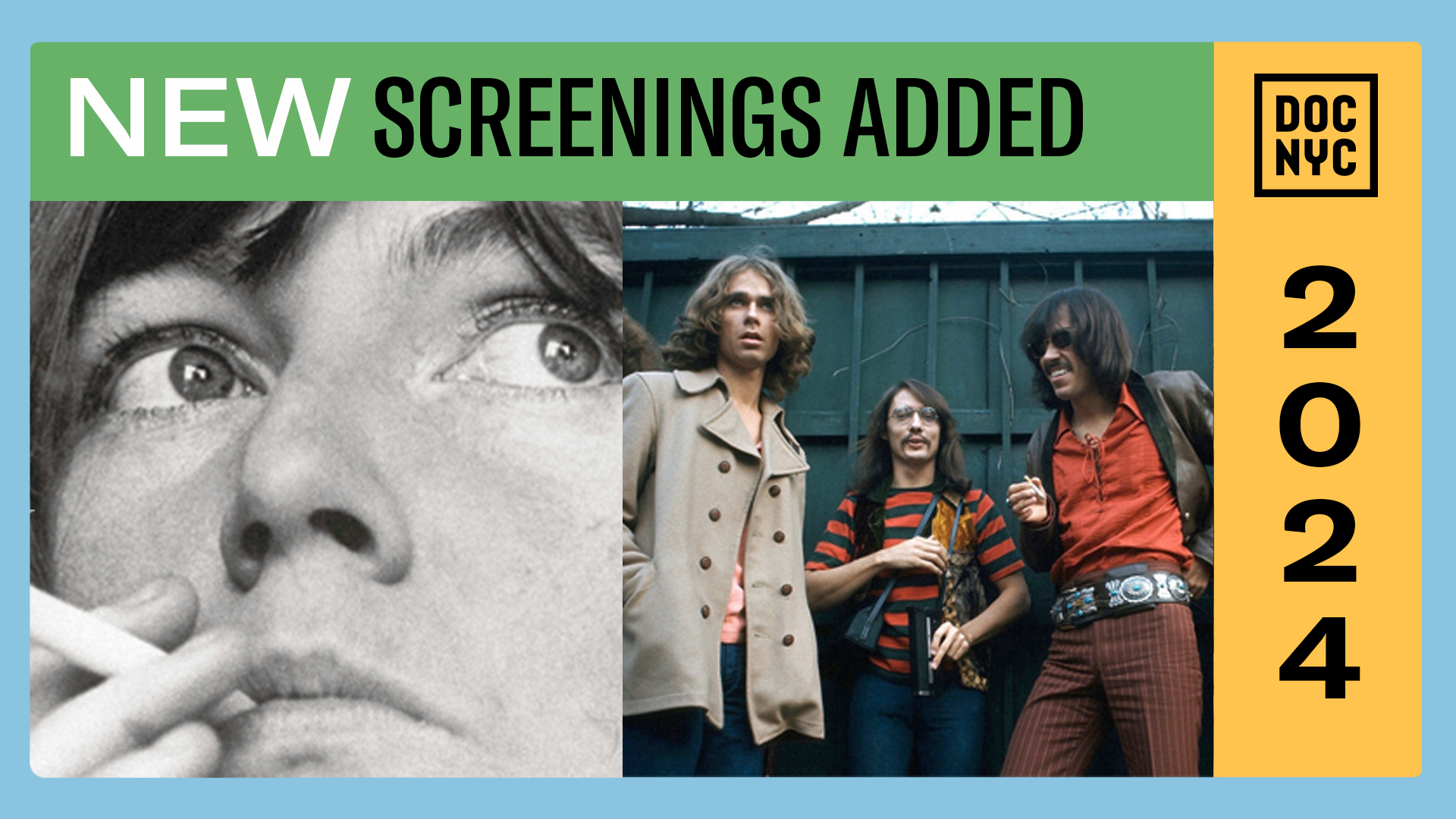A Cautionary Tale of Endless Beauty and Limited Resources The Islands and the Whales explores the changing nature of the Faroe Islands


Written by Megan Scanlon
The muted emeralds of the archipelagos, the soft vibrant jewel tones of blue ocean, and an endless sky commanded the lush and stunning cinematography of the NYC premiere of The Islands and the Whales. Directed by Mike Day, the film transported the audience to the Faroe Islands. Positioned between Norway and Iceland, the people of the Faroe Islands reckon with the changing nature of their identity. Having survived on hunting pilot whales and birds for a millennia, they are faced with increasing levels of mercury and extinction of local birds. Deft in its exploration, the film circumnavigates issues of sustainability, value judgments, health, tradition and modernity, and the costs to the environment on a global scale when we are dismissive of our inseparable relationship to nature.
The Islands and the Whales does not provide answers – it presents an awareness of issues and is an opportunity to develop questions. Hunting pilot whales has been a sustainable way to live for the Faroese, and it brings the entire community together. When the whales show up, boats chase them to shore, where they are slaughtered. As the ocean bleeds, the sight gives new meaning to the term “blood bath.” There is no stop and start to the process as the whales are brought ashore; cutting, salting, cleaning and all relevant duties commence immediately. Children know where their food comes from and how it is caught, as understanding this relationship is important for the community.
As more light is shed on the brain impairment that can come from too much mercury, various conversations abound, questioning the definition of sustainability. If pilot whales are sustainable to hunt, can they sustain the health of the islands? Can the community sustain it’s identity if it steps away from tradition? Adding some lightness to difficult questions, the younger Faroe generation jokes that they will be known as “the children of mercury,” but wonder if the things they can’t remember from their youth mean something. The film also brings up the impact of global forces, as one subject points out that “The Islands should be a barometer for the rest of the world. There are no industrial plants around, and if food is contaminated here…”
What’s fascinating about this film is that these questions emerge naturally, and without inflammation or prejudice. They are raised like the ebb and flow of the sea, questions surfacing like the incoming tide, and Day’s editing choices then allow the tide of questions to recede, giving the audience a moment to process. Present for the Q&A, Day said, “The hunting scene stands out because it was very important for me to calibrate the audience into the eyes of the hunters rather than to project our prejudices onto it.”
Drifting into the cinematic landscape of the film are stories about the Huldufolk, a mythical people with a strong presence in the Faroese imagination. Huldu means to believe without seeing directly, and the Huldufolk are known for their close ties with nature, and their respect for things they didn’t understand. Central to the film, they seem to represent a way to reconcile the fear of change. However, perhaps that is only if they are listened to, as one Huldufolk story tells of a tall mysterious man who visits the islands. As the story goes, “he came with a message, but they never heard what he had to say.”
Megan Scanlon is the North American Representative at the American University of Beirut, and teaches at Yoga to the People. She has written for the Journal of Community Engagement and Scholarship and writes for the DOC NYC and Stranger Than Fiction blogs. Megan is a volunteer at the Bronx Documentary Center where she contributes to documentary programming. Follow her on instagram and twitter @meganscanlon5


